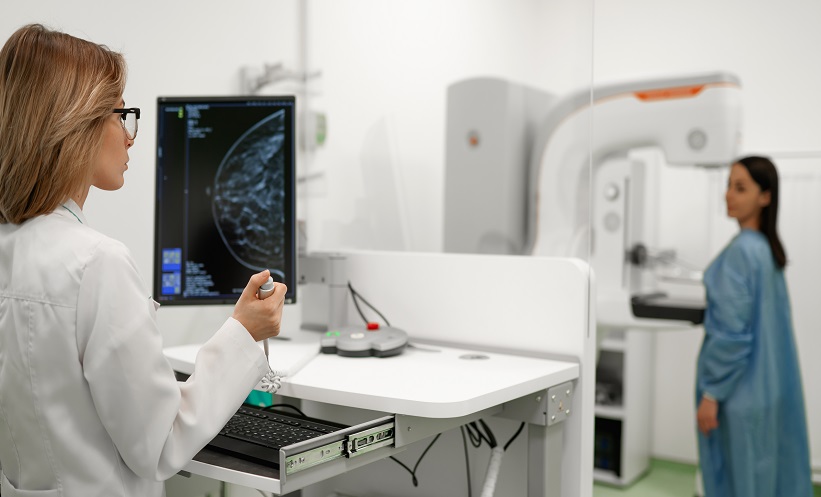Improving early detection of breast cancer remains a critical aim in screening programmes, particularly for women at elevated risk. While state insurance laws in the United States mandate coverage for supplemental screening MRI in such populations, limited MRI capacity poses challenges. This study evaluated whether contrast-enhanced mammography (CEM) could effectively enhance early cancer detection when added to digital breast tomosynthesis (DBT) in women eligible for MRI screening. Notably, the addition of CEM led to the detection of early-stage breast cancer in 1% of women who would have otherwise been missed using DBT alone.
Between March 2021 and December 2022, 615 women eligible for screening MRI were prospectively recruited and underwent both DBT and a single screening CEM exam. Each imaging study was read independently by two radiologists: one assessed DBT findings first, while the other reviewed CEM findings first. The study measured the incremental cancer detection rate (ICDR), false-positive recall rate (FPR), positive predictive value of biopsies (PPV3), and diagnostic accuracy using area under the receiver operating characteristic curve (AUC).
Of the 601 women who completed screening, 12 (2.0%) were diagnosed with 16 malignant lesions. Six of these cases (1.0%, or 10.0 per 1000; 95% CI: 3.3–18.3) were detected only via CEM, with five being invasive and all node-negative, and a median tumour size of 0.7 cm. This gain came with a 13.4% absolute increase in FPR for reader 1 (from 8.1% to 21.6%), but also with a significant improvement in diagnostic performance: AUC rose from 0.73 with DBT alone to 0.92 with the addition of CEM (p=0.016). No interval cancers were identified at one-year follow-up.
In clinical practice, the findings suggest that CEM may be a valuable adjunct to DBT in high-risk populations, particularly where MRI access is constrained. While the increased false-positive rate must be weighed carefully, the improved cancer detection, especially of small, early-stage invasive tumours, could have substantial implications for patient outcomes. The study’s limitations include its single-institution design, relatively small sample size, and short follow-up period. However, the results support considering CEM as an alternative or interim tool in supplemental breast cancer screening strategies.
Reference
Berg WA et al. Screening for Breast Cancer with Contrast-enhanced Mammography as an Alternative to MRI: SCEMAM Trial Results. Radiology. 2025;DOI: 10.1148/radiol.243080.








